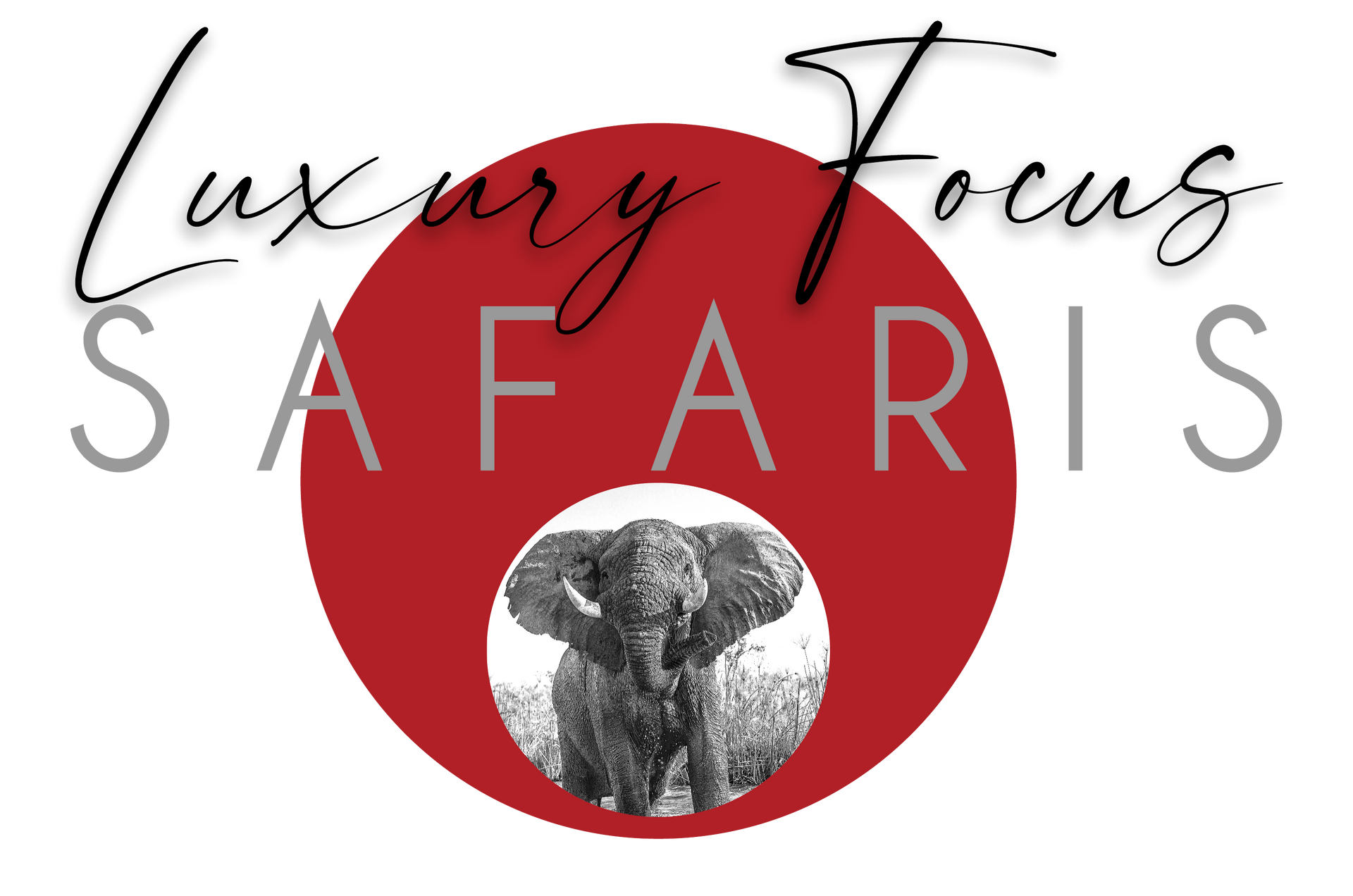Get in touch
Phone: +1 954-232-7109
Email: info@luxury-focus-safaris.com
Meet an African icon - the elephant
Find out where's best to see these amazing animals in action
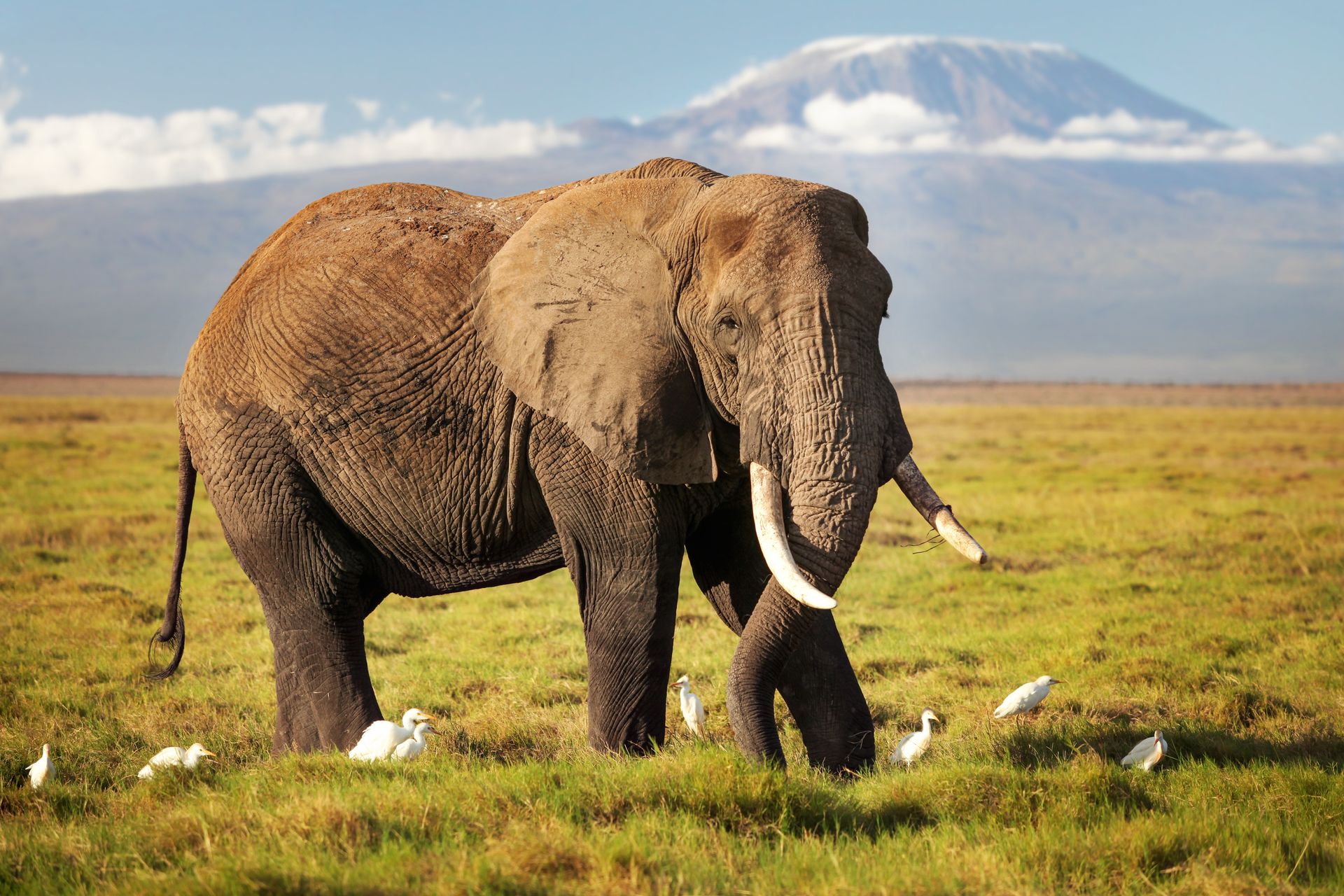
When you're on safari, there is nothing to beat the thrill of an up-close and personal encounter with an African elephant. This most iconic of African animals is also the world's largest land mammal can weigh up to 13,000lbs! Fully grown bull elephants can stand as tall as 10ft at the shoulder. Their ears can be as much as 5ft long and act like giant fans, cooling the blood as they flap.
The cows are significantly shorter and almost half the weight of a mature, adult bull. Elephant trunks have hundreds of thousands of muscles in them and it takes a baby elephant up to six months to master the art of using this amazing appendage! Both male and female African elephants have tusks which are enlarged canine teeth that keep growing throughout their lives.
In African folklore the elephant is often characterised as having once been human. This is most likely because elephant intelligence, emotional cognisance and society very closely mirror our own, so we easily empathise and identify with this incredible animal.
Elephants are also revered in many African cultures for embodying the souls of long-dead ancestors, making them incredibly wise and all-knowing. When observing elephants at close quarters it is easy to understand how we have endowed them with these incredible human qualities. They have a certain aura about them that sets them apart from other animals, making them unique and incredibly special.
Self aware
Intelligent, emotional, empathetic and acknowledged as being sentient, they are capable of using tools, recognize themselves in mirrors, have incredible spatial awareness and recent research has even shown that they are able to work out which humans are the most dangerous, giving them the ability to classify us into groups that pose different degrees of danger!
Elephants "grieve" for their dead and offer assistance to others in their family unit in distress. The oldest members of herds have innate "wisdom" and store knowledge and experience of both their social groups and their environment.
They are able to hear and communicate over enormous distances through low-frequency, infrasonic rumbles and other vocalizations, including trumpeting, as well as foot stomping, which resonate at a frequency other elephants can detect through the ground.
They have enlarged ear bones and sensitive nerve endings in their feet and trunks and "hear" these sounds through the soft skin pads on their feet, picking up the sensitive, seismic vibrations and are thought to also lay their trunks on the ground to detect vibrations.
Where's best to see them
One of the best destinations in Africa to see elephants is Botswana's magnificent Chobe National Park, where huge herds can be found along the Chobe River and its confluence with the Zambezi. It's a renowned safari destination where you can explore on land and by boat, and where four countries come together - Zimbabwe, Botswana, Zambia and Namibia, making it easy to hop across borders and combine these into one amazing safari itinerary.
Of course, the Okavango Delta in Botswana is also a special place to see elephants which are widespread across this UNESCO World Heritage Site where the waters of the Kavango river system empty into the sands of the Kalahari, creating a unique landlocked wetland that's a haven for wildlife and one of the world's most renowned wilderness areas.
Along the Zambezi River in Zimbabwe (Mana Pools National Park) and Zambia (Lower Zambezi National Park) there are huge herds of elephants that move regularly across the river and on to the islands that dot its stream. Mana is renowned for its acrobatic elephants who stand on their hind legs to browse on the pods of the albida trees. Zimbabwe's Hwange National Park is also famed for its elephants.
In East Africa, Kenya's Amboseli National Park is synonymous with elephants and especially large tuskers, as well as a landscape dominated by the iconic Kilimanjaro - Africa's highest mountain. And in South Africa, the world-renowned Kruger National Park has some of the highest concentrations of elephants in the southern part of the continent.
For really unusual elephants sightings, try Namibia's breathtakingly beautiful Etosha National Park. The fine white dust of Etosha's vast salt pans forms a thick pale grey clay around the park's various waterholes that elephants love to mud bathe in before dusting themselves off, turning them from large dark grey animals to unearthly pale "grey ghosts"! It has to be seen to be believed!
Protecting them
There is so much that has been written about elephants, so many facts and figures, so much research done by so many that sheds light on their way of life. And there is so much being done throughout Africa to try and protect them from their biggest threat - humans.
It's said we lose an elephant every 15 minutes to ivory poachers. That's roughly 100 elephants each and every day. But we are doing so much more than slaughtering them, making it very hard for them to live alongside us.
Their range is hampered by human expansion and human competition for the same resources - access to water and food. It's restricted by the fence lines we put up to both protect them and us. Elephants need space, and it's up to us to ensure that there is enough space for them, and that we learn to live alongside them through better understanding their needs.
We choose safari lodges and camps that support conservation programs that are helping to save Africa's elephants. Through these programs we are slowly finding ways to co-exist with this most wonderful African icon and are creating hope for their future. So let's get you to Africa to see these amazing mammals in their natural habitat...
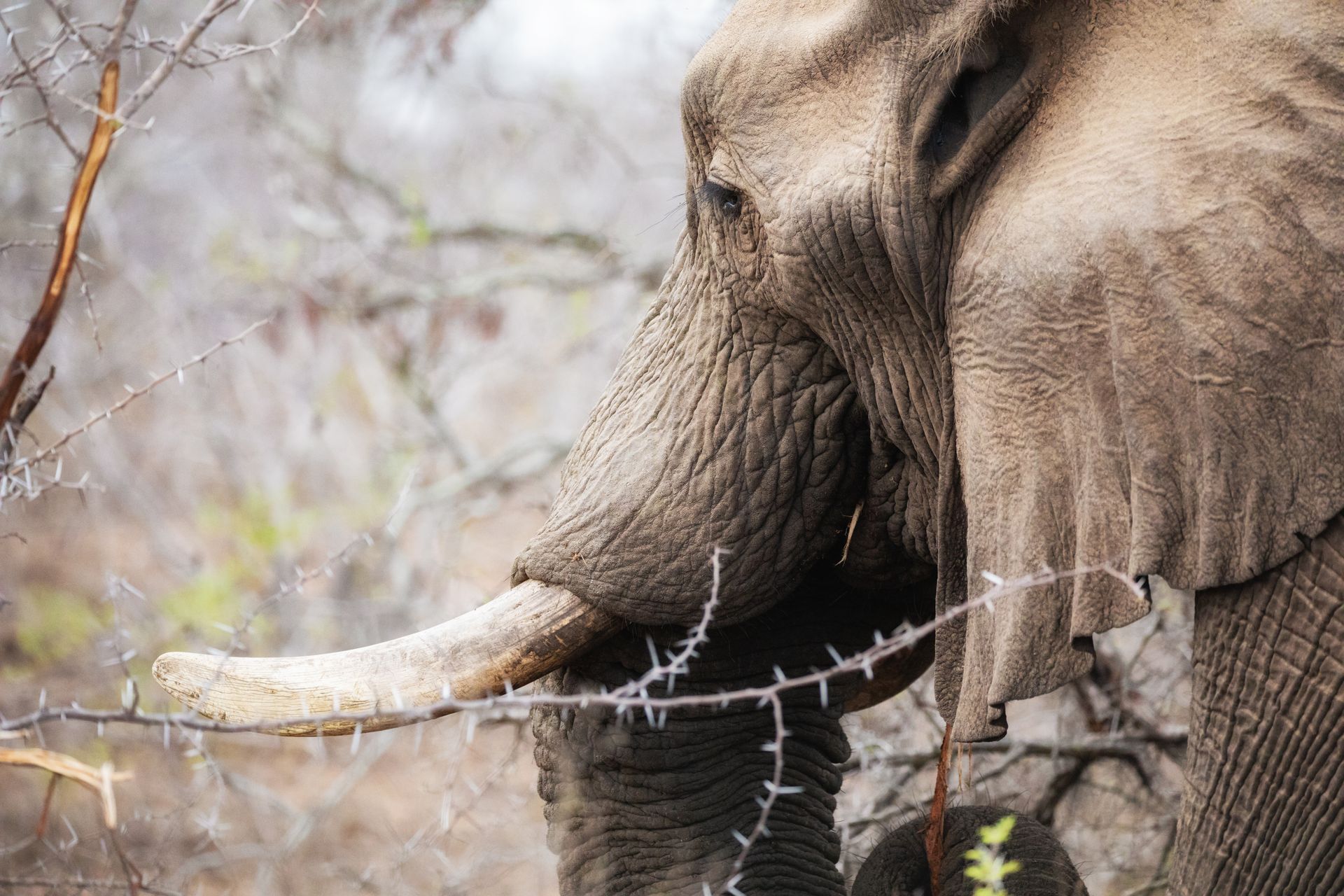
Slide title
Write your caption hereButton
Slide title
Write your caption hereButton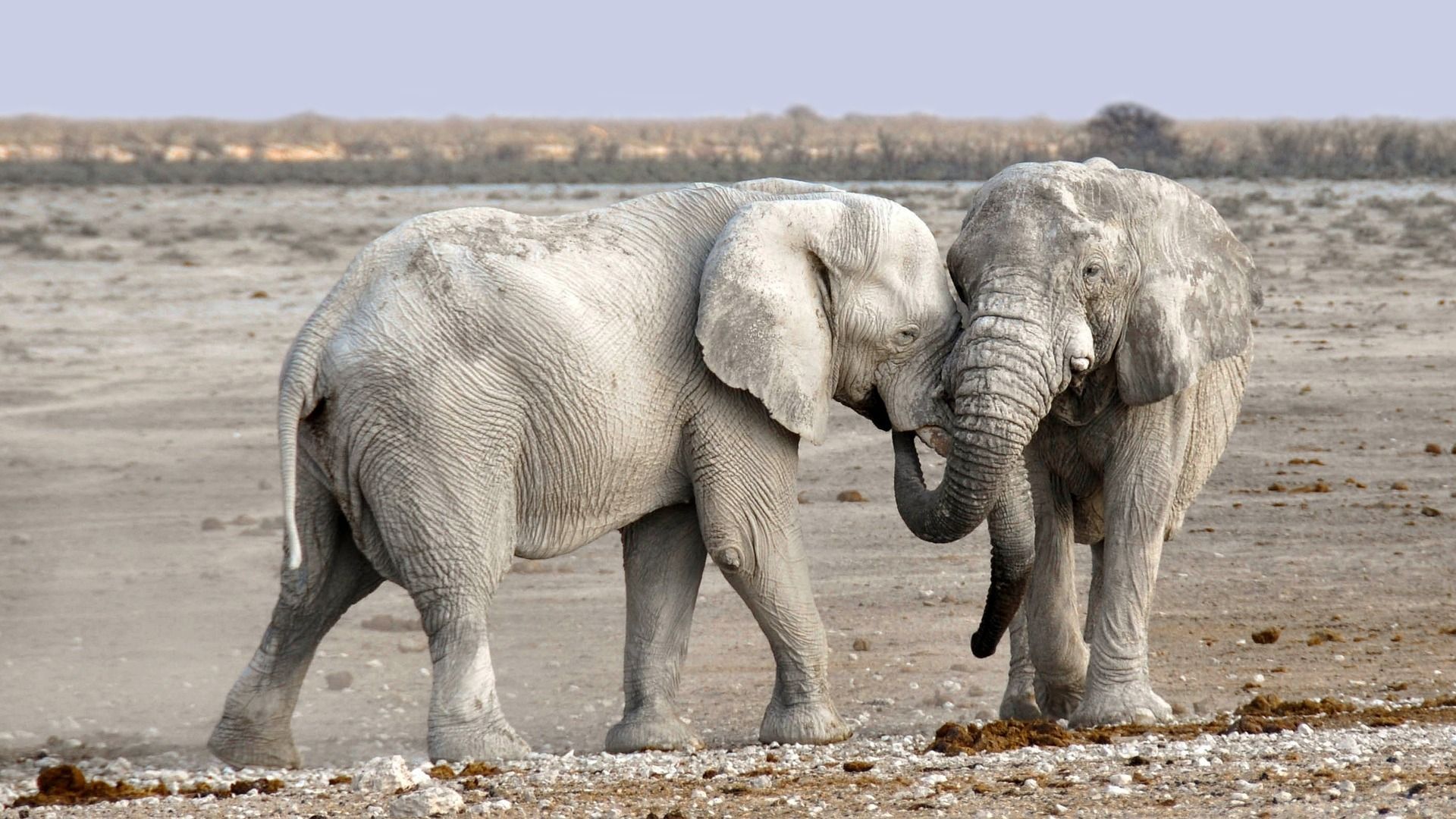
Slide title
Write your caption hereButton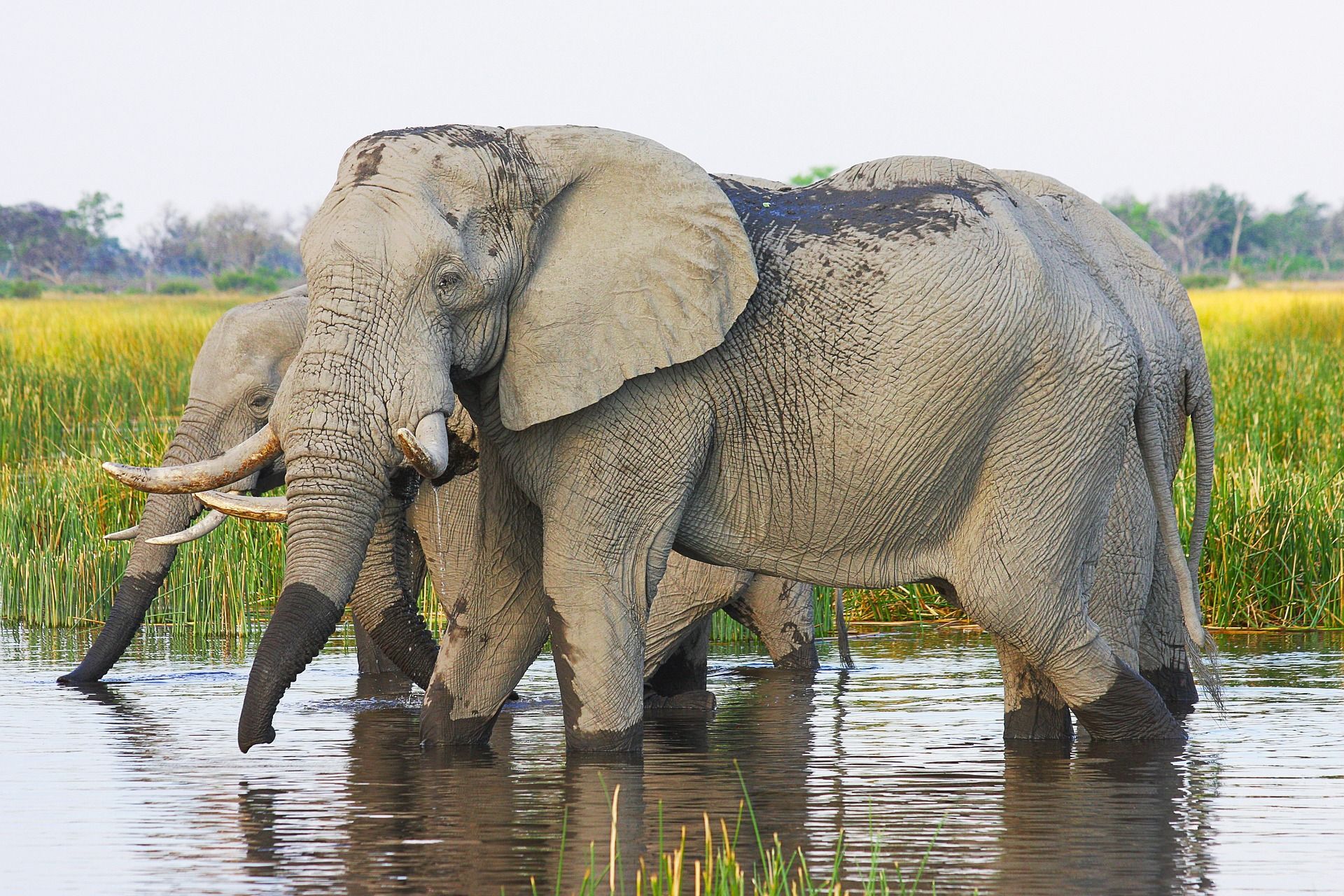
Slide title
Write your caption hereButton
All Rights Reserved | Luxury Focus Safaris

